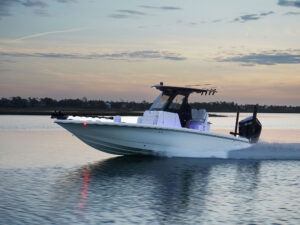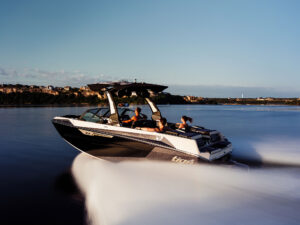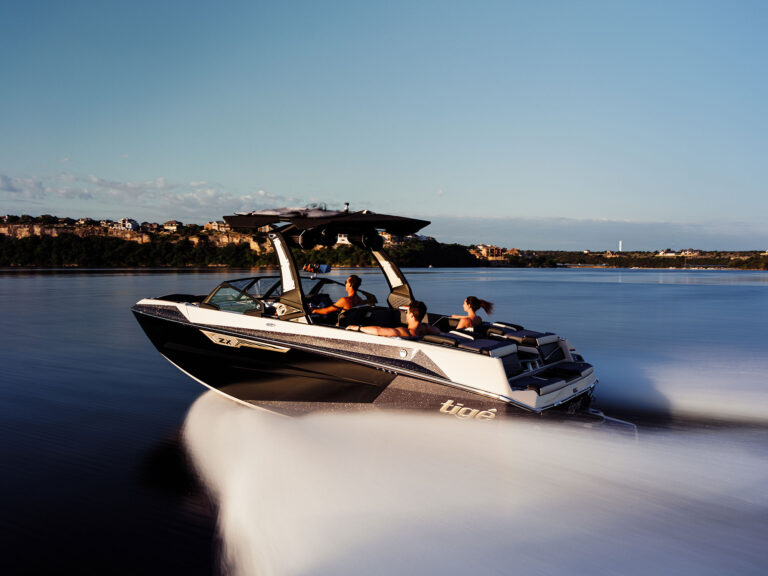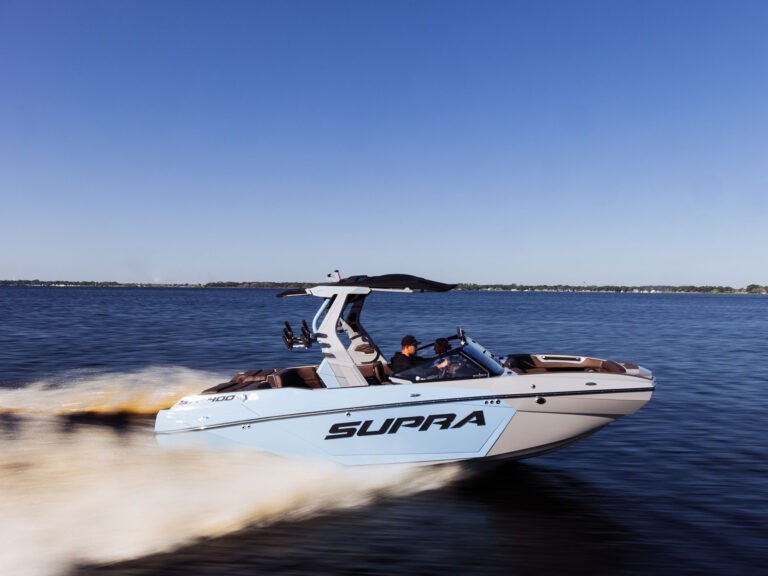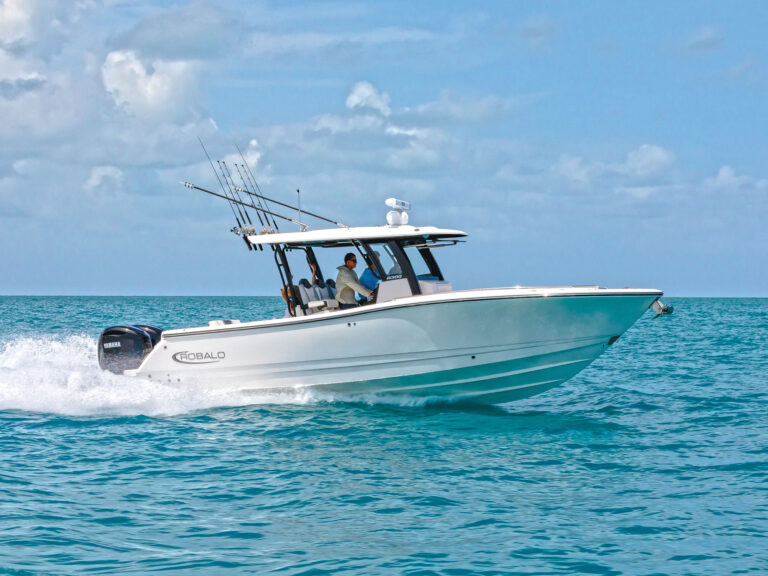Introduced in 1995, Mercury’s OptiMax direct fuel-injection system was a lead bull in the manufacturers’ stampede toward cleaner two-stroke engines. OptiMax was not designed as a fuel system to bolt onto an existing engine, but as a new power plant to complement Mercury’s line of outboard engines. Last year the lowest horsepower OptiMax available was the 135. For 1999 Mercury offers a 115 OptiMax.
“There are other 115-horse, direct-injected engines on the market. But there is no V-6,” says Tony Esposito, spokesman for Mercury Marine. “We think we can position this engine based on its performance.”
Originally developed by Mercury and the Orbital Engine Corp., OptiMax uses a belt-driven compressor to deliver pressurized air and fuel to each direct-injector nozzle at the top of each cylinder. The injector shoots a “plume” of air and fuel droplets about 10 microns in diameter – about 89 times smaller than a human hair – into each cylinder. Each plug ignites the air/fuel mixture with power from its own high-energy ignition coil, which is controlled by the electronic control module. The ECM can determine and control spark timing and duration for increased performance and complete combustion.
Like all other OptiMax engines, the new 115 severs ties with past two-stroke lubrication systems. Rather than the conventional approach to internal lubrication – mixing gas and oil to smear every engine component with a lubricating film – Mercury engineers installed an ECM-controlled oil pump that oils connecting rods directly. With the ability to electronically control the pump, oil ratios vary from 400:1 at idle to 44:1 at wide-open throttle. As a result, OptiMax engines use up to 50 percent less oil and run virtually smoke-free.
In addition to nearly smoke-free operation, OptiMax burns 45 percent less fuel than conventional outboards. Fuel economy aside, the 115 OptiMax features a belt-driven 60-amp alternator to run ancillary electronic equipment. And that’s not just at cruising or top speeds. The alternator delivers 44 of those 60 amps at 1,000 rpm. Using an erasable memory system, the ECM draws no power when the key is off, which means batteries that sit last much longer.

